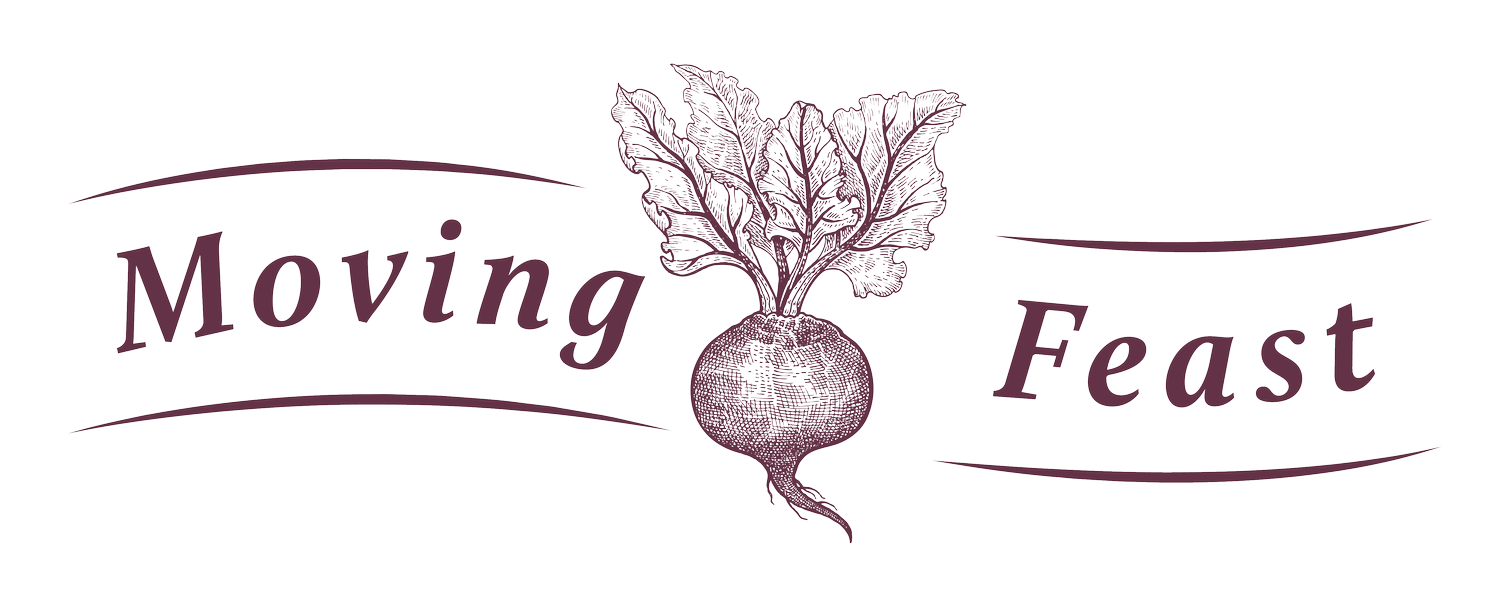Our three phases
If there’s one thing that differentiates our work during this pandemic food relief it’s our collective insistence on delivering culturally appropriate produce, meals, support and wellbeing resources to the people who need it most. We are well into the first phase of our emergency food response, and have outlined what each phase will involve below:
Relief
Immediate food relief for the state’s most vulnerable people
Start engaging and educating consumers and households in the food growing process
Rapid building of a large-scale food distribution system
Rapid development and activation of a distributed network of smaller, food production facilities (which is critical in a pandemic)
Mass production of culturally appropriate and inclusive emergency meals
Mass assembly and distribution of produce boxes
Mass assembly and distribution of start-up kitchen garden growing kits
Assembly and distribution of cooking at home equipment and ideas kits and supported ways of connection
Baking Bread for Public Housing Towers
Recovery
Increasing food security of low-income households, public housing and local communities
Increasing urban farming within the inner city
Mass production of culturally appropriate emergency meals
Mass production and distribution of produce boxes (including cooking and nutrition basic educational materials)
Mass production and distribution of balcony and backyard kitchen garden kits
Building larger scale urban agricultural infrastructure to restock our fresh food larder for next seasons
Rejuvenation
Creating integrated and resilient local food systems
Connecting social enterprises right across the food process of growing, storing, distribution, cooking, education, and community development and connection (supply chain integration, formation of buying groups and cooperatives)
Establishment of new food social enterprises where gaps and market opportunities exist.
Watch this space for the next newsletter to find out how we’re tracking, and follow our journey on Instagram here.

